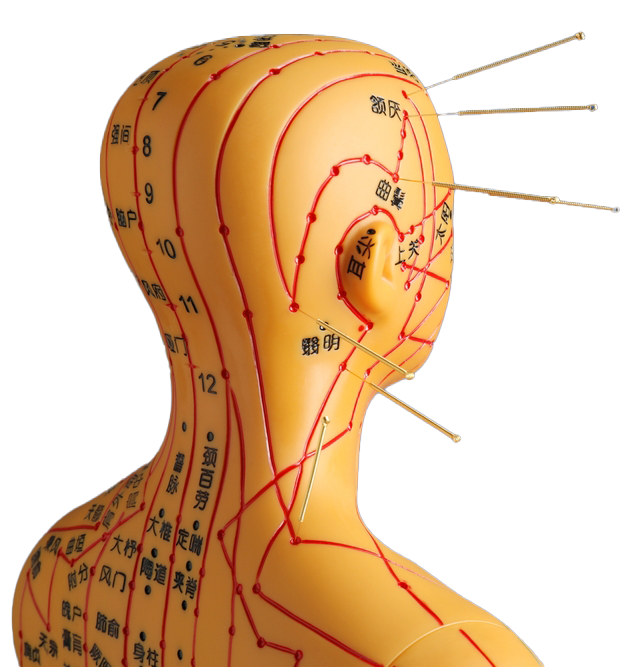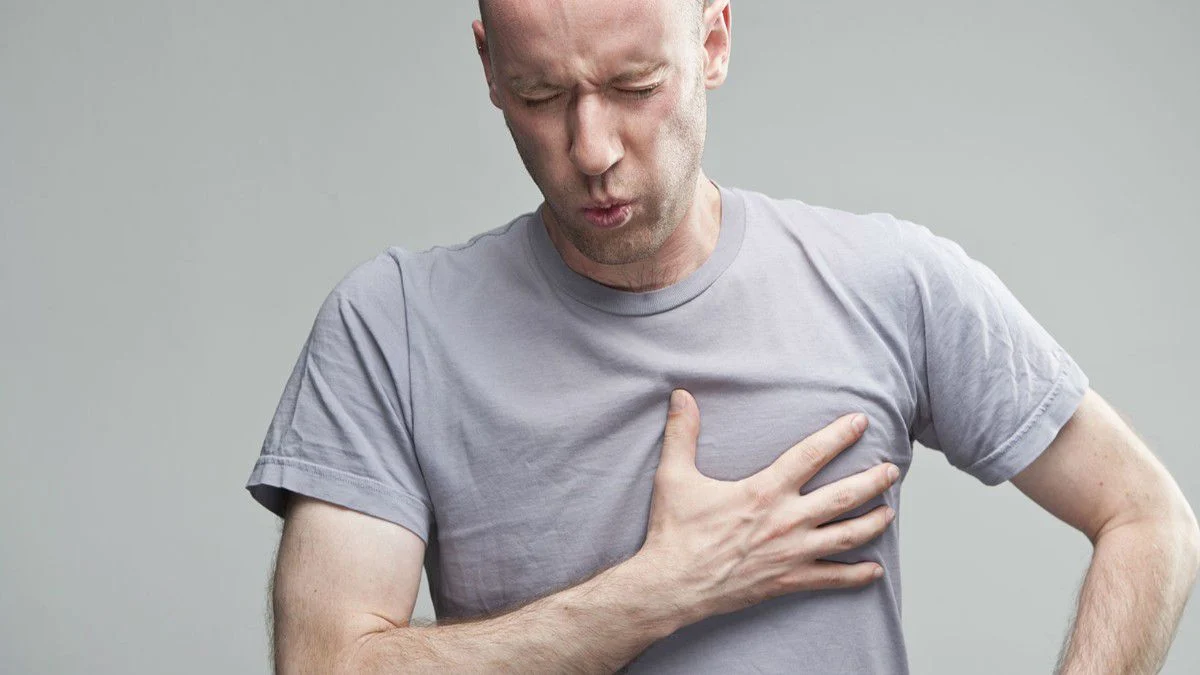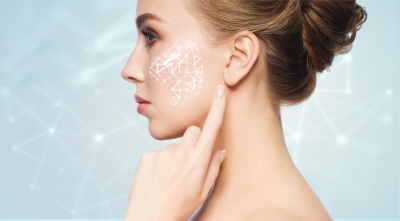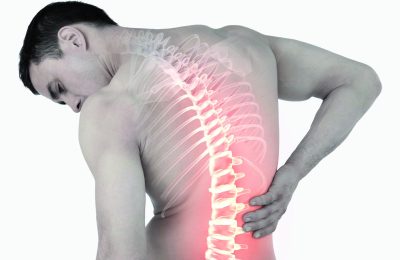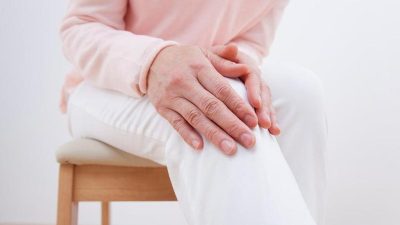- Facet joint Radiofrequency Thermocoagulation (RFT) Treatment
- Radiofrequency Thermocoagulation Dorsal root ganglion (DRG) radiofrequency thermocoagulation (RFT)
- Discitis Procedure
- Sacroiliac Joint Radiofrequency Treatment (Simplicity)
- In-Disc Ozone Therapy
- Nucleoplasty
- Transforaminal Injection (Pinpoint)
- Facet joint block
- Epidural Injection
Chest pains
- Home
- Chest pains
Contents
Toggle- Creating an individualised treatment plan
- The role of different specialities (physiotherapist, orthopaedist, psychologist, neurosurgeon)
- Pain treatment during pregnancy
- Treatment of chronic pain in the elderly
- Pain management in children
- Stress management
- Healthy eating
- Ergonomic living arrangements
- Exercise and mobility
- Facet joint Radiofrequency Thermocoagulation (RFT) Treatment
- Radiofrequency Thermocoagulation Dorsal root ganglion (DRG) radiofrequency thermocoagulation (RFT)
- Discitis Procedure
- Sacroiliac Joint Radiofrequency Treatment (Simplicity)
- In-Disc Ozone Therapy
- Nucleoplasty
- Transforaminal Injection (Pinpoint)
- Facet joint block
- Epidural Injection
- Cancer pain
- Permanent Epidural / Spinal Port Application
- Vascular Port (Permanent Vascular Access)
- Trigeminal Nerve RFT
- Blockade of Ganglion Stellatum
- Lumbar Sympathetic Ablation
- Facet joint Radiofrequency Thermocoagulation (RFT) Treatment
- Radiofrequency Thermocoagulation Dorsal root ganglion (DRG) radiofrequency thermocoagulation (RFT)
- Hernia Burning (IDET)
- Discitis Procedure
- Sacroiliac Joint Radiofrequency Treatment (Simplicity)
- Permanent Epidural / Spinal Port - Pump System
- In-Disc Ozone Therapy
- Nucleoplasty
- Peripheral Nerve Block
- Transforaminal Injection (Pinpoint)
- Facet joint block
- Epidural Injection
- Intra-articular Fluid Treatment
- Dorsal root ganglion (DRG) radiofrequency thermocoagulation (RFT)
- Spinal cord stimulation (pain pacemaker)
- Ergonomic living arrangements
- Spinal cord stimulation (pain pacemaker)
- Nucleoplasty
- Radiofrequency ablation
- Herbal solutions
- Dry needle treatment
- Anti-ageing treatments
- Ozone therapy
- Cupping therapy - Cupping
- Mesotherapy
- Prolotherapy
- Acupuncture
- Stem Cell Therapy
- Nerve blockages
- Corticosteroid injections
- Massage and relaxation techniques
- Manual therapy
- Electrotherapy
- Neuropathic pain medications
- Anti-inflammatory drugs
- Muscle relaxants
- Painkillers (paracetamol, ibuprofen, etc.)
Chest pain is one of the most common reasons for people to go to the hospital and can have many different underlying causes. Sometimes it can be a simple musculoskeletal problem, while other times it can be a harbinger of a condition that requires urgent intervention, such as a heart attack. Only a thorough examination and necessary medical tests can reveal the real cause of chest pain. Below, you can find comprehensive information about the general causes, symptoms, diagnostic processes and treatments of chest pain:
1. Common Causes of Chest Pain
Chest pains can be categorised under the following headings according to their source:
1.1 Cardiac (Heart Causes)
- Coronary Artery Diseases (Heart Attack/Angina Pectoris)
- It occurs as a result of narrowing or blockage of the coronary arteries that carry blood to the heart.
- Angina pectoris (chest pain) usually increases with exertion (climbing stairs, fast walking, etc.) or stress and is relieved by rest. The pain may feel like pressure, squeezing or burning and may radiate to the arm, neck or jaw.
- A heart attack (myocardial infarction) occurs when one of the coronary arteries is completely blocked. It is often accompanied by severe, prolonged (more than 10-15 minutes) chest pain and may be accompanied by symptoms such as sweating, nausea, cold sweat and a feeling of faintness.
- Pericarditis and Myocarditis (Pericarditis, Myocarditis)
- Pericarditis: Inflammation of the pericardium. The pain is usually sharp, stabbing, may decrease when leaning forwards and increase when leaning backwards.
- Myocarditis: Inflammation of the heart muscle. There may be chest pain with symptoms such as fever, palpitations, weakness.
- Aortic Dissection
- Tear in the inner layer of the aorta (main artery), often due to hypertension or congenital vascular problems.
- It is characterised by sudden, very severe, tearing chest pain. It is life-threatening and requires urgent intervention.
1.2 Pulmonary Causes
- Pulmonary Embolism (Clot in the Lung)
- A blood clot in a vein in the leg or pelvic area travelling to the lungs.
- Symptoms such as sudden onset of sharp chest pain, shortness of breath, palpitations, sometimes coughing up blood may be observed.
- It's serious and urgent.
- Pneumonia and pleurisy (inflammation of the pleura)
- It manifests itself with additional symptoms such as fever, cough, sputum, shortness of breath.
- Sharp, stabbing pain in pleurisy, especially with deep breathing or coughing.
- Pneumothorax (Air leakage in the lung)
- Deflation of the lung as a result of air filling between the membranes of the lung.
- It is characterised by sudden onset of severe stabbing chest pain and shortness of breath.
1.3 Gastrointestinal (Digestive System) Causes
- Reflux and Heartburn (Gastroesophageal Reflux Disease)
- Complaints of acidic stomach contents escaping into the oesophagus, burning sensation in the chest, heartburn, belching.
- It may increase in the supine position or when leaning forward.
- Esophageal Spasm or Esophageal Injuries
- A contraction disorder in the oesophagus can cause chest pain.
- The oesophagus may be damaged when consuming very hard or extremely hot and cold food and drink.
- Gallstones or Pancreatitis
- There may be pain in the right upper chest with pain in the abdomen.
- The pain may sometimes radiate vaguely to the chest area.
1.4 Musculoskeletal Causes
- Chest Cartilage Inflammation (Costochondritis)
- Inflammation of the cartilages in the chest wall causes pain, especially around the breastbone. Sensitivity increases with touch.
- Muscle Injury or Strain
- Incorrect exercise, lifting heavy loads or an awkward movement can cause injuries to the chest muscles.
- It manifests itself as pain that increases with movement or pressure.
1.5 Psychological or Functional Causes
- Panic Attack
- Chest pain, palpitations, shortness of breath, sweating and a feeling of fear.
- A medical examination does not reveal any organic problems with the heart, but the intensity of the chest pain may give the impression of a real heart attack.
- Stress, Anxiety
- Prolonged stress and anxiety can lead to muscle contraction and pain in the chest area.
2. Characteristics of chest pain and types of pain
To understand the cause of chest pain, the character of the pain and accompanying symptoms provide important clues. The answers to the following questions will guide the physician in the diagnostic process:
- Agri How a sensation (pressure, burning, sharp stinging, squeezing, pain, etc.)?
- Agri where starts and where (to the left arm, neck, centre of the back, chin, etc.)
- When did it start? How long does it take, continuously or coming and going Is it?
- In which cases increases or decreases? (Exercise, rest, eating, coughing, deep breathing, lying position, etc.)
- Accompanying palpitations, shortness of breath, sweating, nausea, dizziness or symptoms such as fever?
3. Diagnostic Methods
- Physical Examination and Medical History
- The doctor asks about the character of the chest pain, its intensity, when it started, and the triggering factors.
- Basic measurements such as blood pressure (blood pressure), pulse rate and body temperature are taken.
- Electrocardiogram (ECG)
- The most basic examination to detect signs of a heart attack, arrhythmia or ischaemia (blood supply disorder).
- Blood Tests
- Heart attack indicators such as troponin, CK-MB; D-dimer (if pulmonary embolism is suspected); complete blood count (for signs of infection), etc.
- Chest X-ray
- It gives information about lung diseases (pneumonia, pleurisy, pneumothorax) or changes in heart size.
- Echocardiography (ECHO)
- Evaluation of the heart valves or muscle for structural defects, pumping function and inflammation of the membrane.
- Computed Tomography (CT) and Magnetic Resonance (MR)
- It can be used to clarify conditions such as aortic aneurysm or dissection, lung lesions, mediastinal masses, etc.
- Stress Tests (Effort Test, Nuclear Medicine Examinations)
- In the investigation of coronary vascular disease, an exertional ECG or nuclear stress tests may be preferred.
- Endoscopy (if necessary)
- Endoscopy can be performed in suspected cases of oesophagus, stomach or duodenum.
4. Treatment Methods and Approaches
The treatment of chest pain depends entirely on the underlying cause:
- Cardiac Origin Therapies
- Heart Attack (Myocardial Infarction): Vasodilators (fibrinolytics), coronary angioplasty or stenting in the emergency department, intensive care follow-up.
- Angina Pectoris: Nitrates, beta-blockers, aspirin and cholesterol-lowering drugs (statins).
- Pericarditis: Anti-inflammatory drugs, painkillers. Drainage of pericardial fluid if necessary.
- Pulmonary Source Treatments
- Pulmonary Embolism: Clot dissolving drugs (thrombolytic therapy), blood thinners (heparin, warfarin, DOACs), oxygen support.
- Pneumonia: Antibiotics, expectorants, antipyretics, rest and plenty of fluid intake.
- Pneumothorax: Observation in minor and mild cases, chest tube placement or surgery in major and severe cases.
- Gastrointestinal Origin Therapies
- Reflux: Acid suppressants (PPIs), antacids, lifestyle changes (dietary modification, not eating before bedtime).
- Oesophageal Spasm: Antispasmodic drugs, dietary changes, stress management.
- Gallbladder and Pancreas Problems: Surgical intervention (gallbladder stone), fluid support, painkillers, etc. according to the cause and severity of pancreatitis.
- Musculoskeletal System Treatments
- Costochondritis: Painkillers and anti-inflammatory drugs, rest, warm applications.
- Muscle Injuries: Physiotherapy, painkillers, muscle relaxants, local cold/heat applications.
- Psychological and Functional Treatments
- Panic Attack: Anxiolytics, antidepressants, cognitive behavioural therapy.
- Stress Management: Meditation, yoga, regular exercise, professional support (psychologist/psychiatrist).
5. Simple precautions that can be taken in daily life
- Healthy Nutrition and Regular Exercise
- Eating a vascular protective diet (Mediterranean diet, etc.), reducing the risk of cardiovascular and diabetes by reducing excess weight.
- At least 150 minutes of light to moderate exercise per week (walking, swimming, cycling).
- Quitting or Reducing Smoking and Alcohol Use
- Smoking increases the risk of cardiac and pulmonary diseases. In case of chest pains, smoking should be stopped.
- Controlling alcohol consumption is also important for heart and digestive system health.
- Stress Management
- Regular sleep, hobbies, social activities, breathing exercises and psychological support may be necessary to prevent panic attacks and tension-type pain.
- Posture and Ergonomics
- Paying attention to the correct sitting, working and lying positions to prevent musculoskeletal pain.
- Regular Checks
- It is especially important for those with a family history of heart disease or chronic diseases to have regular health checks.
- Risk factors such as high blood pressure, high cholesterol, diabetes should be followed up as recommended by the physician.
6. When to consult a doctor or emergency room?
In the following cases, it is vital to seek medical help immediately:
- Chest pain is very severeif it's overwhelming or compressive,
- Agri More than 10-15 minutes it's going on and does not pass with rest,
- Don't gasp, breathlessness, cold sweating, palpitations, feeling faint accompanied by
- Dizziness, loss of consciousnesson one side of the body numbness or weakness if there are additional symptoms such as (signs of paralysis),
- Trauma In case of chest pain that occurs after a trauma (e.g. assault, accident),
- Coughing up blood with severe coughing or severe palpitations if any,
- High fever and increased pain when breathing symptoms of pneumonia or similar infections persist for a long time.
Summary
Chest pain is an important complaint that can range from innocent muscle pain to life-threatening cardiovascular diseases. The nature of the pain, triggers and accompanying symptoms play a critical role in understanding the underlying cause. Nevertheless, medical analyses such as ECG, blood tests and imaging methods are required for a definitive diagnosis. Early diagnosis and correct treatment can be life-saving in severe cases such as heart attack or pulmonary embolism. Reducing risk factors (smoking, high blood pressure, obesity, stress, etc.), eating a healthy diet, exercising regularly and having regular health checks are the most effective preventive measures that can be taken for chest pain.
Our treatments
- Home
- Chest pains
